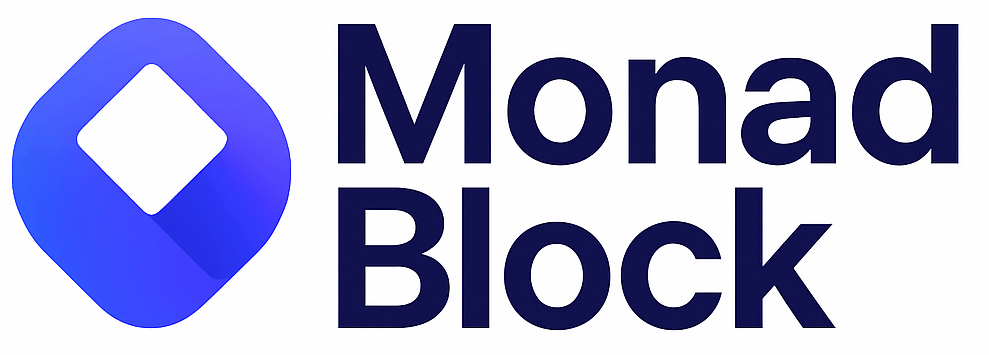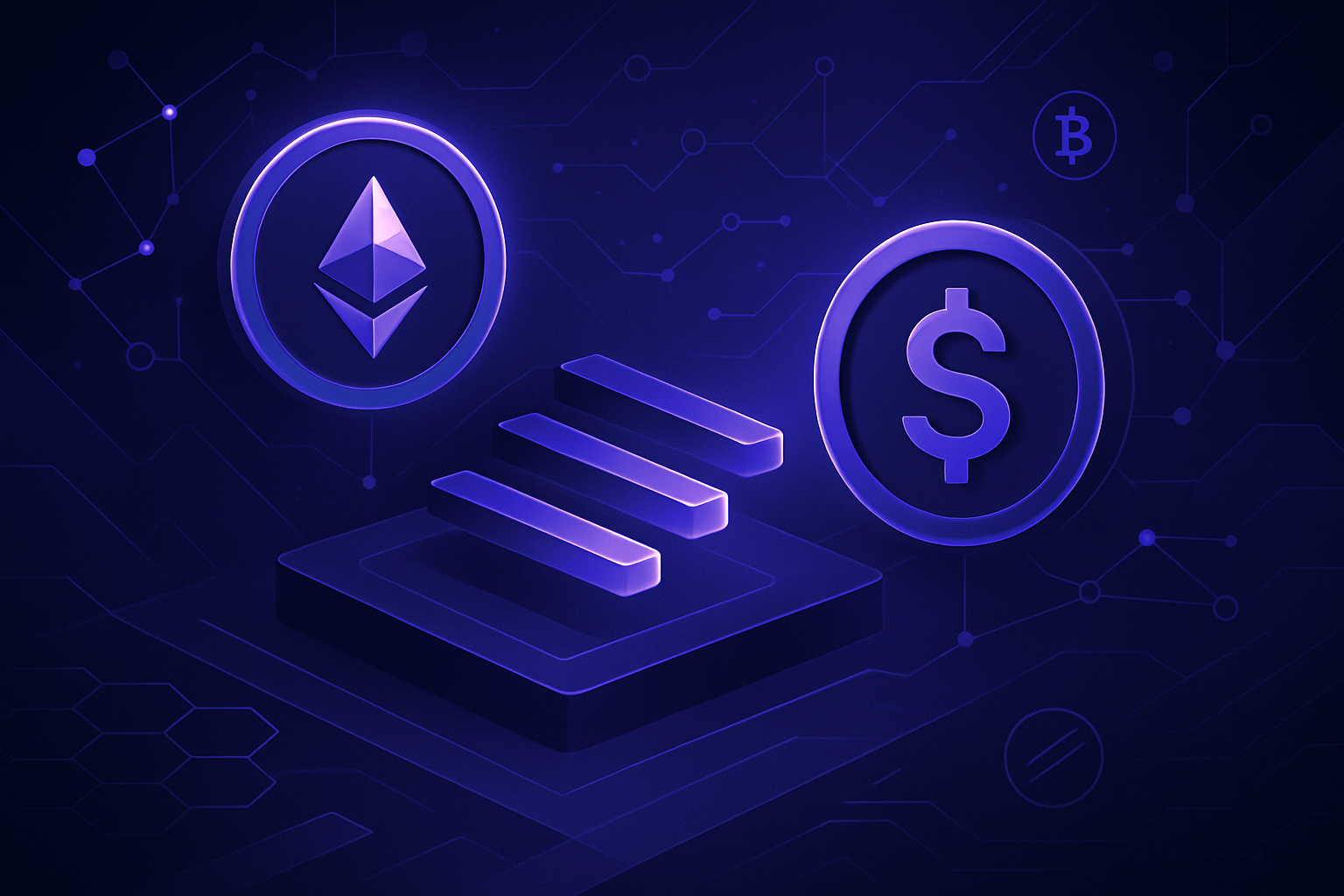
In the ongoing race for blockchain scalability, Monad stands out by delivering a staggering 10,000 transactions per second (TPS) while maintaining full Ethereum Virtual Machine (EVM) compatibility. This performance benchmark is not just a theoretical claim but the result of deliberate architectural decisions that prioritize throughput, low latency, and developer accessibility. As Ethereum and its competitors grapple with network congestion and high fees, Monad’s high-performance EVM chain is redefining what’s possible for decentralized applications.
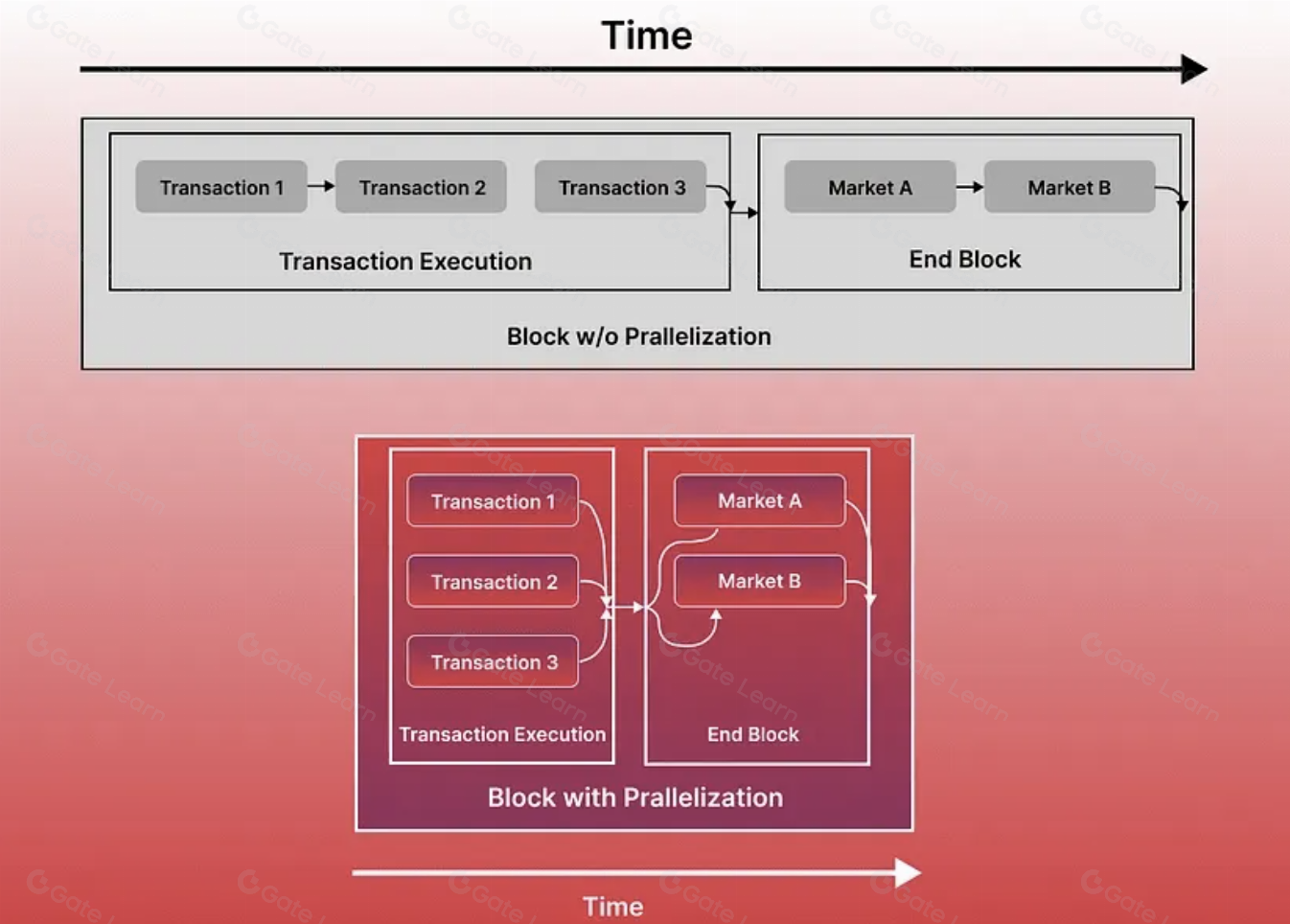
Parallelization: The Engine Behind Monad 10,000 TPS
The heart of Monad’s performance lies in its aggressive approach to EVM parallelization. Traditional blockchains execute transactions one after another, creating inevitable bottlenecks as network demand grows. Monad breaks this paradigm by identifying independent transactions, those that do not interact with the same accounts or smart contract state, and executing them concurrently across multiple CPU cores.
This parallel execution model is made possible by sophisticated scheduling algorithms that analyze transaction dependencies in real time. By maximizing CPU utilization and minimizing idle time, Monad unlocks a new level of efficiency that allows it to process up to 10,000 TPS, equivalent to over one billion transactions per day. This is a quantum leap compared to legacy EVM chains and even some next-generation Layer 1s.
Key Innovations Powering Monad’s 10,000 TPS
-
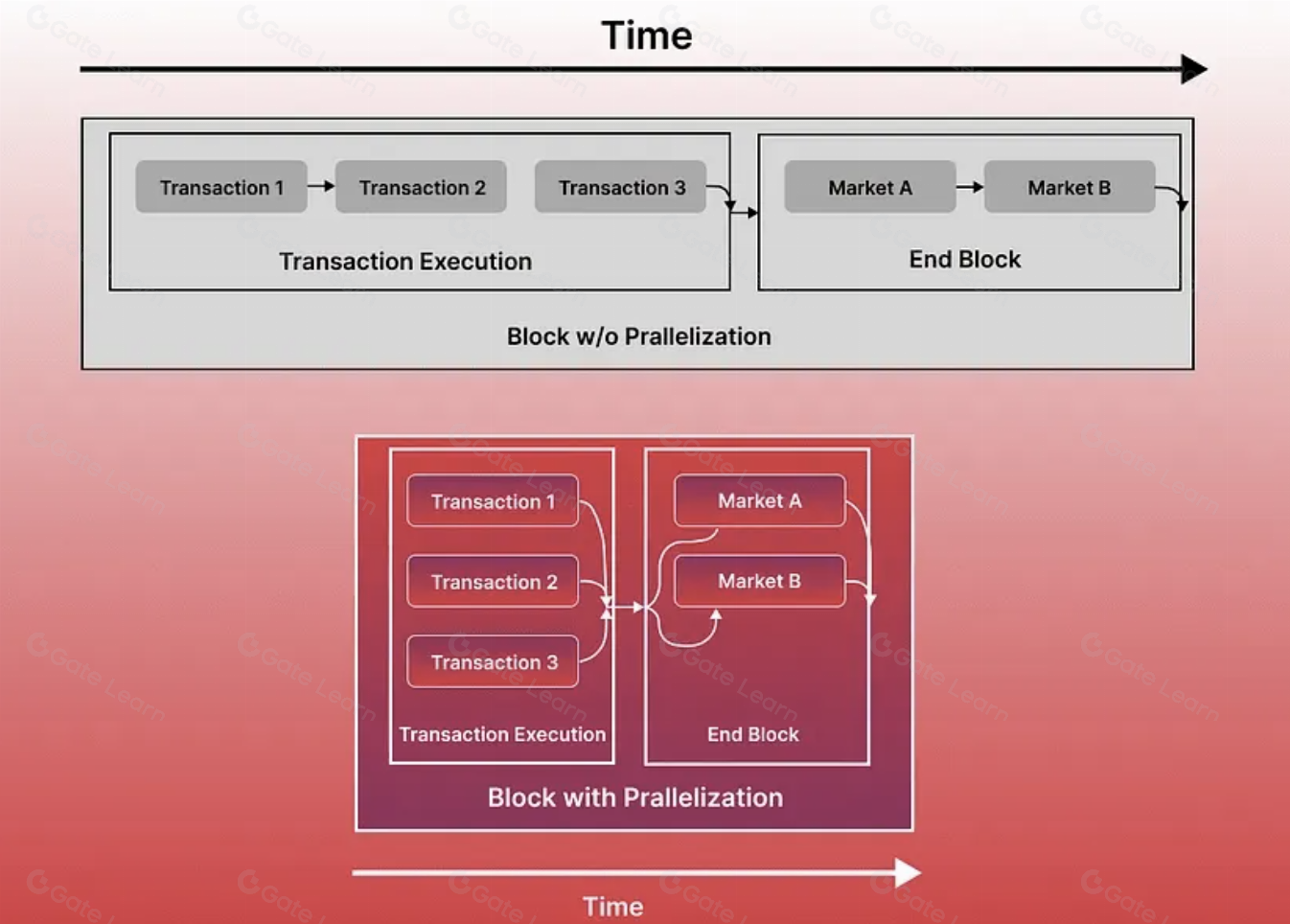
Parallel Execution: Monad processes multiple transactions simultaneously by identifying independent transactions and executing them in parallel across multiple cores. This approach maximizes throughput and minimizes latency, setting Monad apart from traditional sequential blockchains.
-
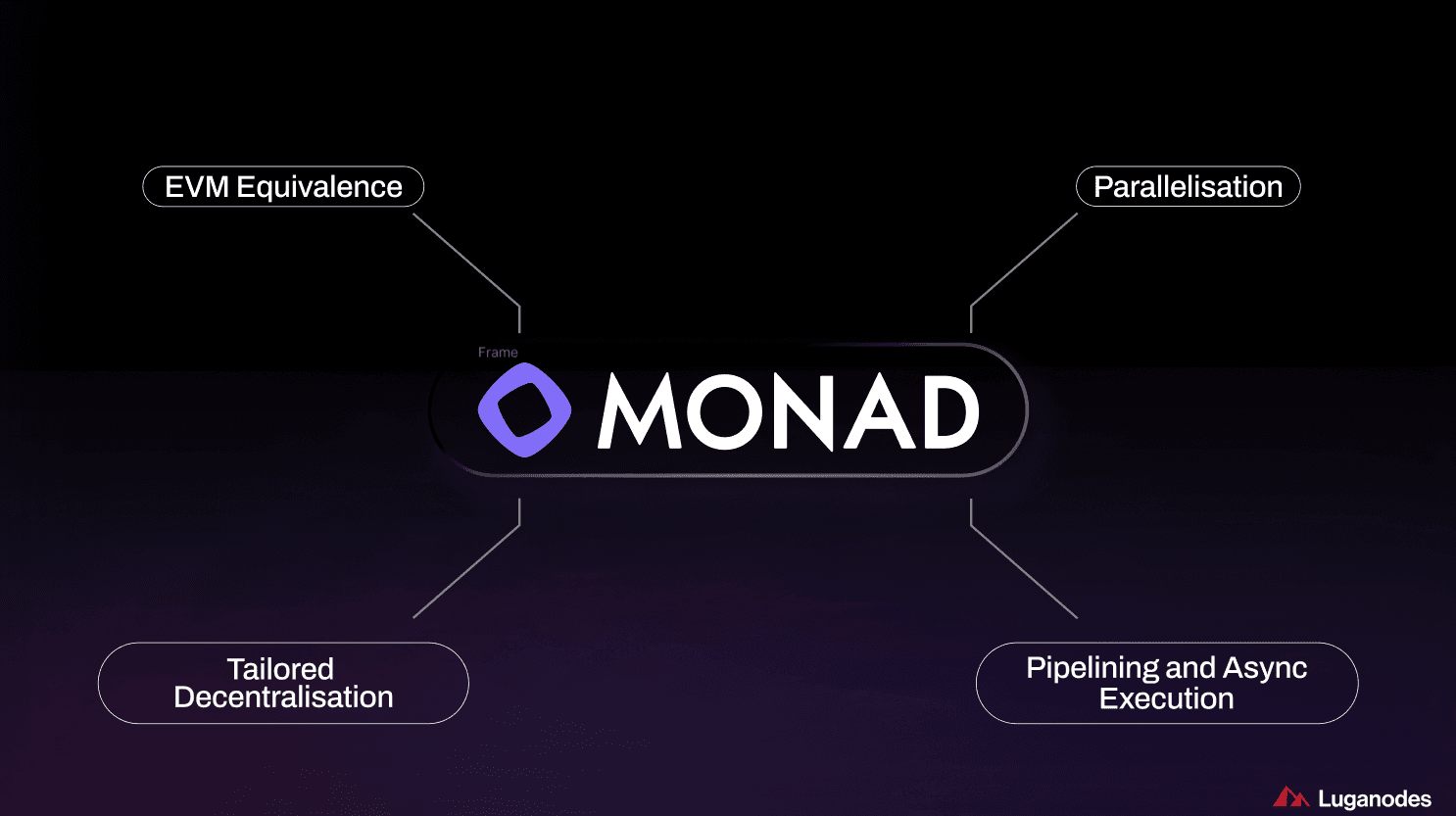
Asynchronous Execution: By decoupling consensus and execution phases, Monad allows consensus on transaction order to occur while previous transactions are still being executed. This asynchronous design increases network efficiency and execution capacity.
-
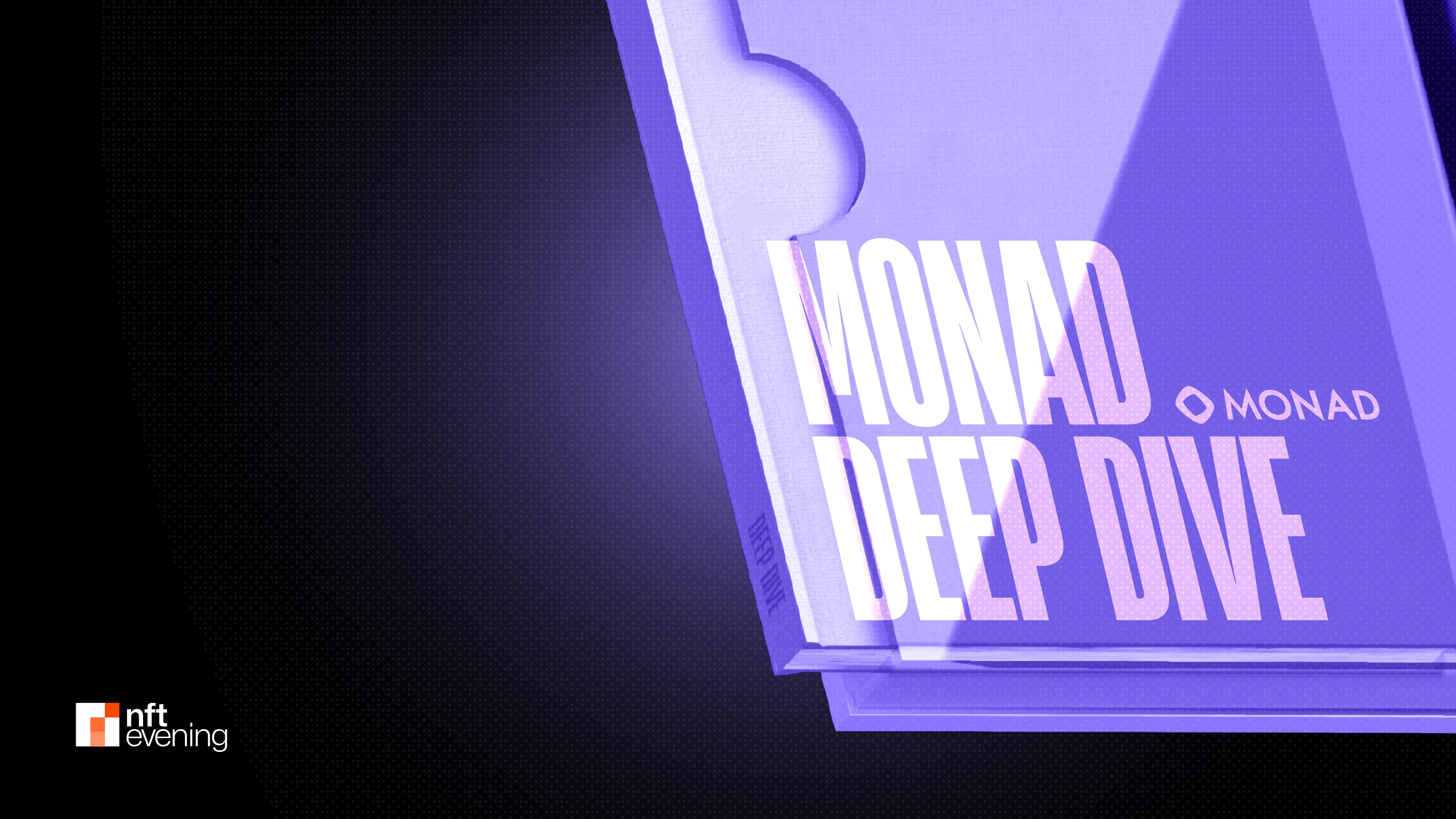
MonadBFT Consensus Mechanism: Monad employs MonadBFT, a Byzantine Fault Tolerant protocol derived from HotStuff, which reduces communication rounds from three to two. This streamlines consensus, delivering faster block finality and improved scalability.
-
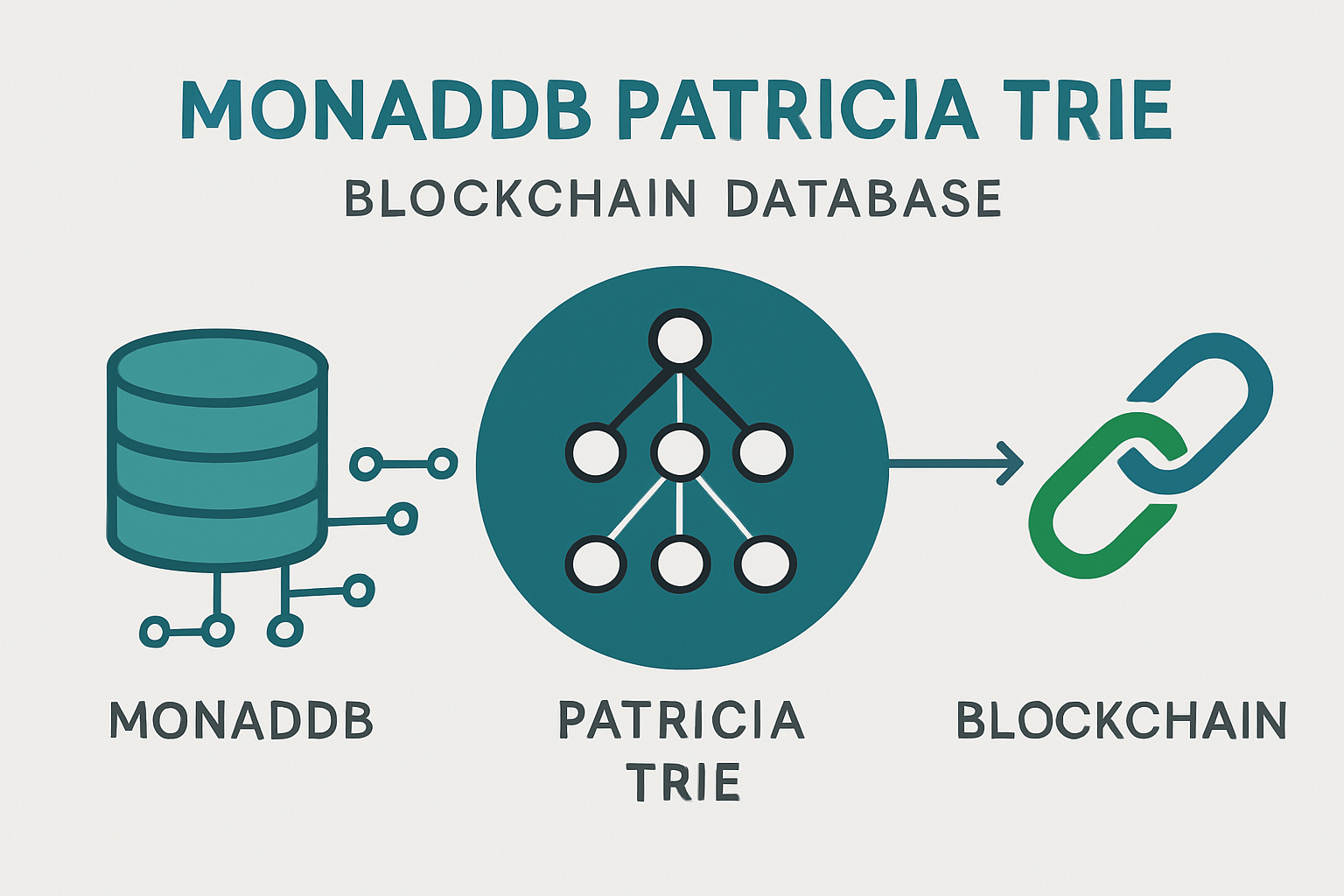
MonadDb: To support rapid transaction processing, Monad uses MonadDb, a custom on-chain database optimized for parallel execution. Utilizing a Patricia Trie structure and both in-memory and on-disk storage, MonadDb ensures efficient data access and minimizes storage bottlenecks.
For developers familiar with EVM tooling, the transition to Monad is seamless. The chain preserves full compatibility with Solidity smart contracts and existing Ethereum infrastructure while introducing a dramatic boost in execution capacity. This means dApps can scale without rewriting code or sacrificing security guarantees.
Decoupling Consensus and Execution: Asynchronous Efficiency
A second critical innovation is asynchronous execution. In most blockchains, consensus (agreeing on transaction order) and execution (processing those transactions) occur in lockstep. Monad decouples these phases: once consensus determines the transaction order, execution proceeds independently on validator nodes. While new consensus rounds are underway for subsequent blocks, previous blocks can be executed in parallel.
This architecture dramatically increases throughput by overlapping work that was previously sequential. Validators are no longer forced to wait for one phase to complete before starting another; instead, they continuously utilize available resources for both consensus and execution tasks. The result is consistently low latency provides 1-second block times: and rapid finality without demanding excessive hardware requirements.
The MonadBFT Consensus Mechanism: Speed Meets Security
At the core of every performant blockchain lies its consensus protocol. For Monad, this is MonadBFT, an advanced Byzantine Fault Tolerant protocol inspired by HotStuff but optimized for speed and simplicity. Unlike traditional BFT systems that require three or more communication phases per block proposal, MonadBFT streamlines this process into just two phases.
This reduction cuts down on network chatter between validators and accelerates block finality, a crucial factor when targeting 10,000 TPS at scale. Single-slot finality ensures users see their transactions confirmed almost instantly while maintaining robust security against malicious actors or network failures.
Another pillar supporting Monad’s throughput is its custom-built MonadDb. Unlike generic databases that struggle with the data access patterns of high-throughput blockchains, MonadDb is engineered for parallel execution. Leveraging a Patricia Trie structure and supporting both in-memory and on-disk storage, it minimizes data retrieval bottlenecks that typically throttle performance on other EVM-compatible chains. Efficient state management ensures that even as transaction volume surges, latency remains low and resource requirements stay manageable for validators.
This design empowers developers to deploy complex, state-intensive dApps, such as high-frequency trading platforms or large-scale NFT marketplaces, without hitting scalability ceilings. MonadDb’s architecture is a key enabler for the kind of composability and interoperability that Ethereum pioneered, but at an entirely new scale.
Developer Experience: Scaling Without Sacrifice
Monad’s commitment to full EVM compatibility means developers can leverage familiar tools like Solidity, Hardhat, and MetaMask while tapping into unprecedented throughput. There’s no need to learn a new programming language or adapt to unfamiliar infrastructure. This frictionless migration path is critical for ecosystem growth; projects can port existing Ethereum dApps or launch new ones optimized for Monad’s performance profile.
For enterprises evaluating blockchain solutions, Monad offers a compelling blend of speed, security, and operational efficiency. Its low hardware requirements reduce validator costs while its robust consensus design maintains strong guarantees around decentralization and censorship resistance. The result is an environment where both startups and established firms can innovate without compromise.
Top Use Cases Enabled by Monad’s High-Performance EVM
-

High-Frequency Decentralized Exchanges (DEXs): Monad’s 10,000 TPS and 1-second block times enable DEXs to process large trading volumes with minimal latency and slippage, supporting advanced order types and real-time pricing.
-
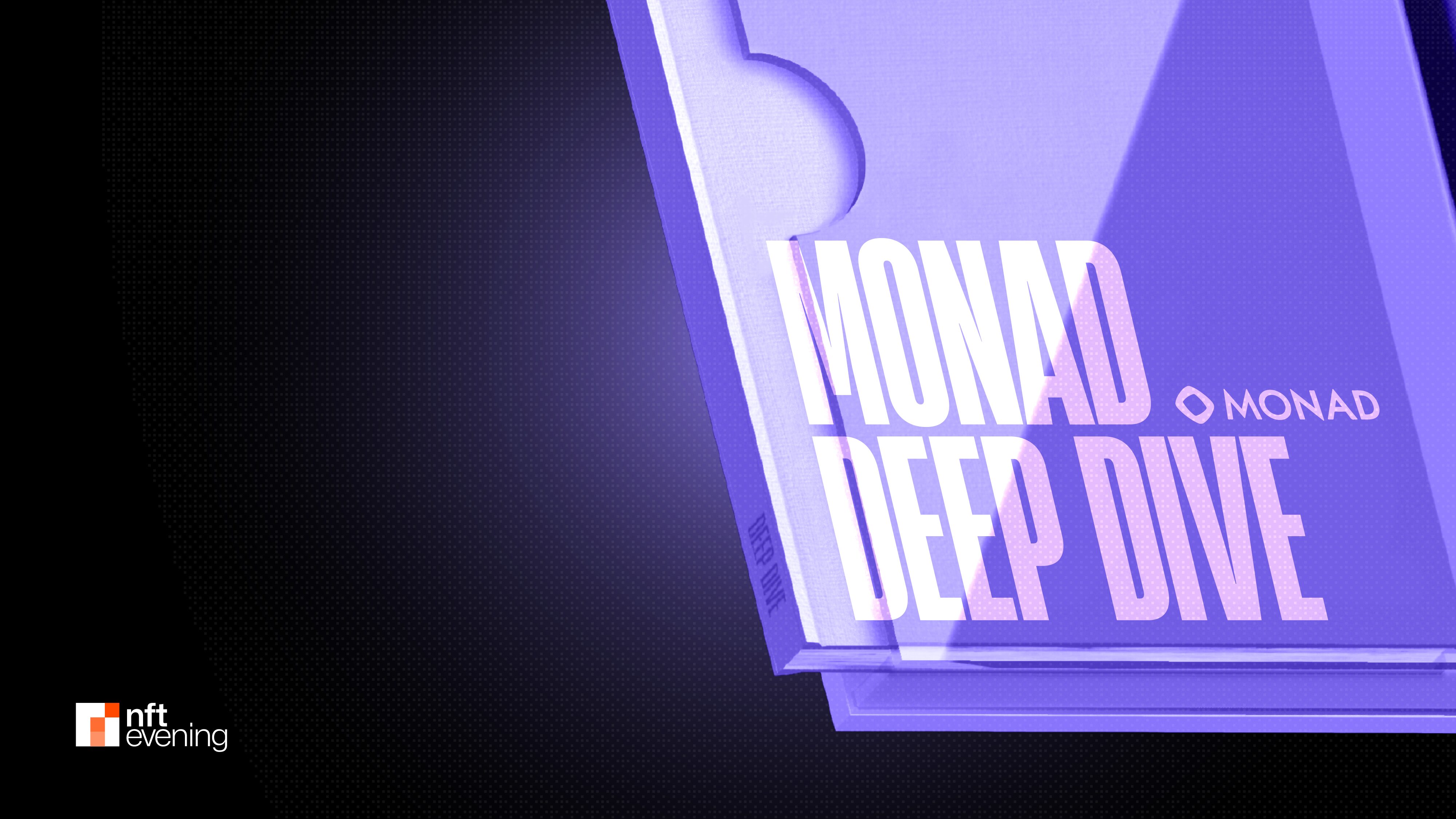
Scalable NFT Marketplaces: With parallel execution and rapid finality, NFT platforms can handle mass minting, auctions, and trading events without congestion, ensuring smooth user experiences during high-traffic launches.
-
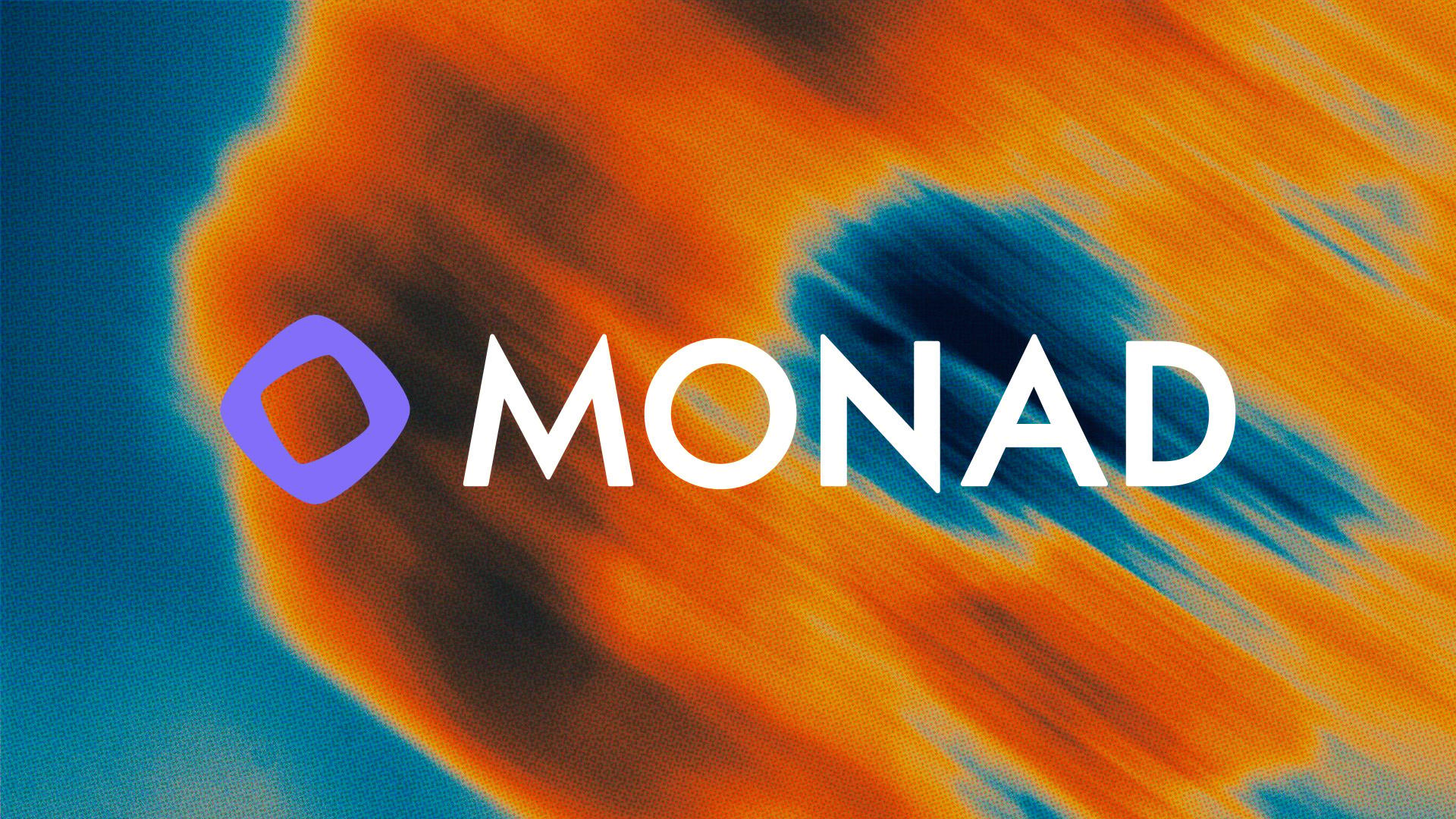
On-Chain Gaming and Metaverse Applications: Monad’s throughput allows complex, interactive games and metaverse platforms to run fully on-chain, supporting real-time actions, asset transfers, and multiplayer experiences at scale.
-
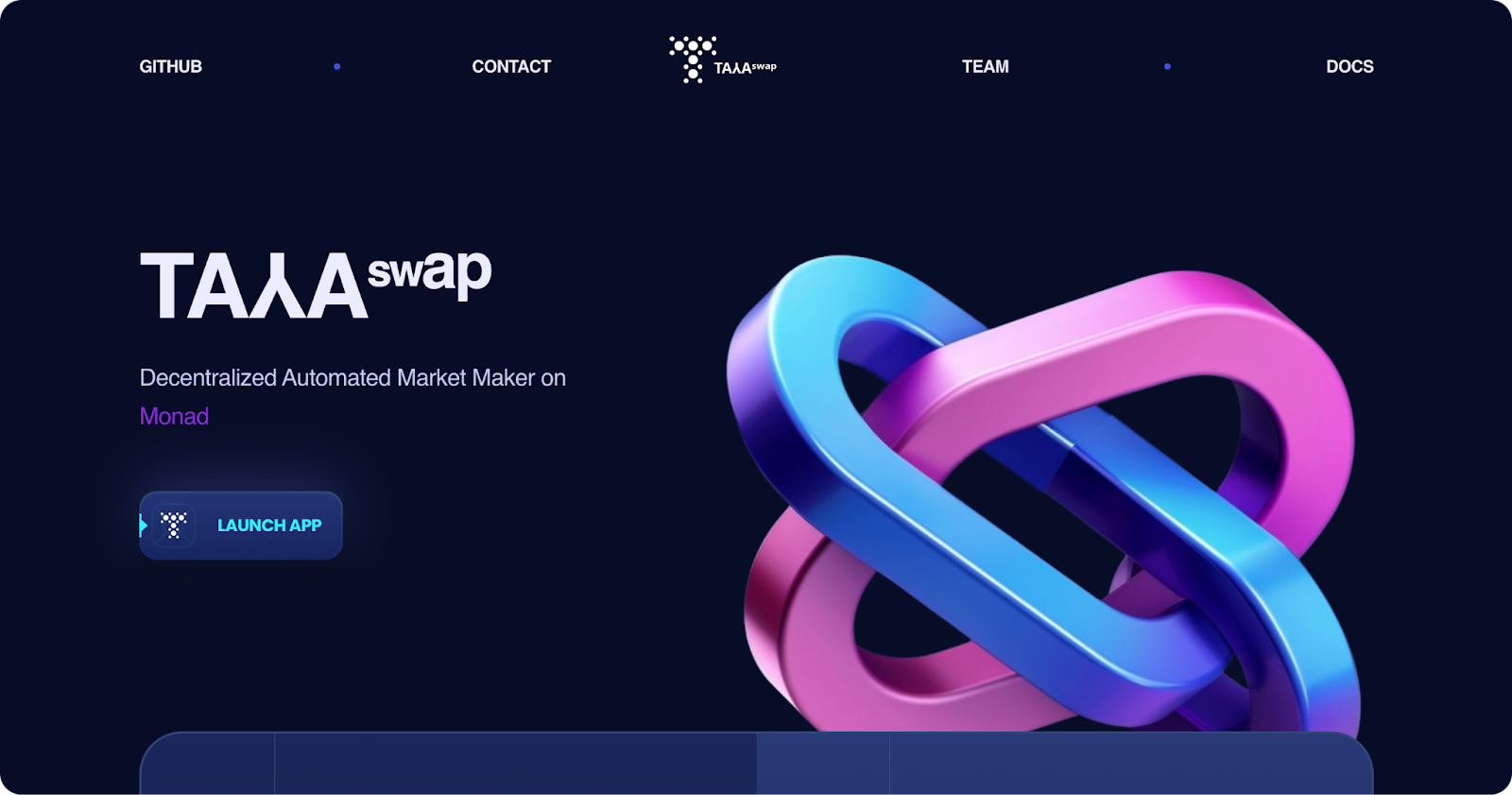
Institutional DeFi and Asset Tokenization: Large-scale DeFi protocols and tokenization platforms benefit from Monad’s low latency and high throughput, enabling instant settlement, high-volume lending, and real-world asset representation on-chain.
-

Programmable Payments and Microtransactions: Monad’s efficiency supports use cases like streaming payments, pay-per-use APIs, and IoT microtransactions, which require fast, low-cost, and reliable transaction processing.
Real-World Impact: What 10,000 TPS Means for Web3
The implications of achieving 10,000 TPS on an EVM-compatible Layer 1 are profound. For end users, it means near-instant transaction confirmations and negligible fees, even during periods of peak demand. For developers and businesses, it unlocks entirely new categories of decentralized applications: real-time gaming economies, social networks with on-chain activity feeds, or global payment rails capable of handling institutional volumes.
This level of scalability also positions Monad as a formidable contender among next-generation blockchains vying to serve as foundational infrastructure for Web3. By marrying parallel execution with asynchronous processing and streamlined BFT consensus, while retaining the broadest possible developer reach, Monad sets a new benchmark for what an EVM parallelization blockchain can achieve in practice.
The race toward mainstream adoption will be won by chains that deliver both performance and accessibility without compromising security or decentralization. With its innovative approach to EVM parallelization and consensus efficiency, Monad is not just keeping pace, it’s setting the standard for high-performance EVM chains in 2025 and beyond.
